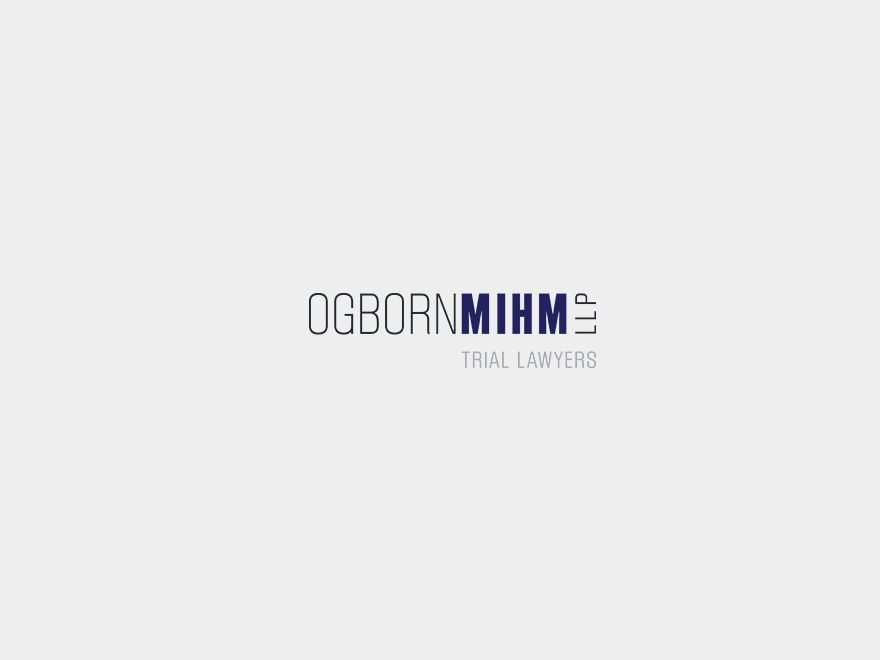In 2003, “litigation holds” became one of the hottest topics in e-discovery. This shift was due to United States District Court Judge Shira A. Scheindlin’s decisions in Zubulake v. UBS Warburg. Looked at collectively, the judge made clear that, once a party reasonably anticipates litigation, it must take special actions to preserve relevant electronic evidence. Colorado courts take the same approach. See, e.g., Turner v. Pub. Serv. Co. of Colorado, 563 F.3d 1136, 1149 (10th Cir. 2009)(duty to preserve evidence arises when party “knew, or should have known, that litigation was imminent”).
In the context of a lawsuit, courts call these efforts “litigation holds,” and courts have the authority to penalize any party who fails to reasonably comply with them in various ways, including adverse jury instructions and monetary sanctions. See, e.g., E.E.O.C. v. Dillon Companies, Inc., 839 F. Supp. 2d 1141, 1144 (D. Colo. 2011). In some cases, a court can even grant judgment in favor of the opposing party.
The underlying purpose of litigation holds is to preserve electronic evidence that may be relevant to upcoming litigation, so it is crucial to know when the obligation to preserve evidence kicks in, what to preserve, and how to do it.
WHEN does a litigation hold kick in?
The clearest sign that it is time to preserve evidence is when a party receives a litigation hold letter, also called a preservation or stop destruction letter, notifying it a potential claim exists.
However, a letter is not required. Instead, the obligation to preserve evidence arises at any point when a claim or litigation is “reasonably anticipated.” That could result from a threat of a lawsuit or any other “credible possibility” of a claim, according to Zubulake.
WHAT must be preserved?
Litigation holds affect all types of electronically stored information (ESI), so a party must take action to preserve everything—from e-mails and text messages to any other kind of documents or records stored digitally.
HOW do you comply with a litigation hold?
A party must take reasonable actions to comply with a litigation hold.
Once you have received a written litigation hold letter, the first step is to ensure the safety of relevant information. It is critical to identify and notify those people most likely to have the types of information that fall under a litigation hold.
Ideally, a process is already in place for the preservation of electronically stored data. If an archiving process does not already exist, it is advisable to implement one with a knowledgeable point person. Businesses are also well-advised to create written document destruction policies addressing destruction of electronic information in the regular course of business in order to combat allegations of improper destruction or adverse inference instructions. However, once you reasonably anticipate litigation or there is a credible possibility of a claim, you must suspend the destruction of electronic (or physical) data even pursuant to that document destruction policy. Note that, once a litigation hold kicks in, a court may consider destroying or deleting files gross negligence.
Because the potential penalties for failing to comply with litigation holds are so severe, it is crucial to understand their application, including when the duty arises, what evidence to preserve, and how to do so.







